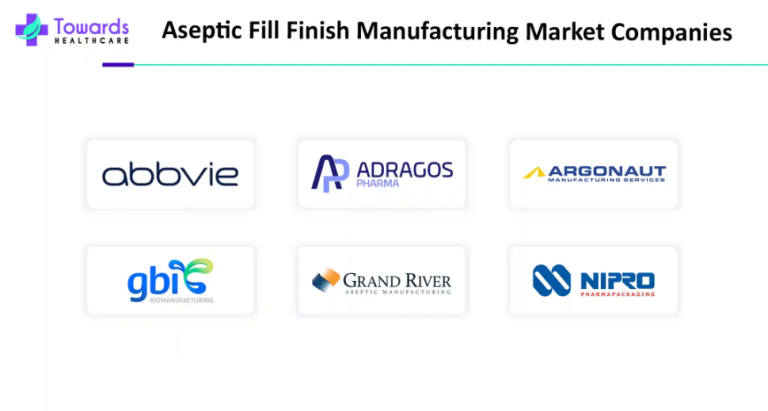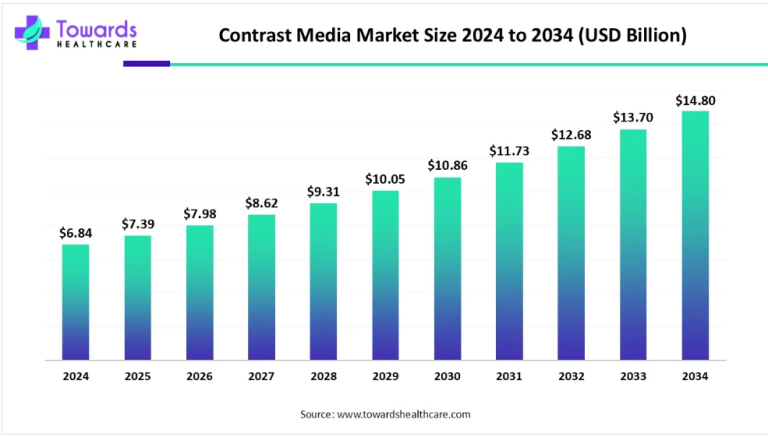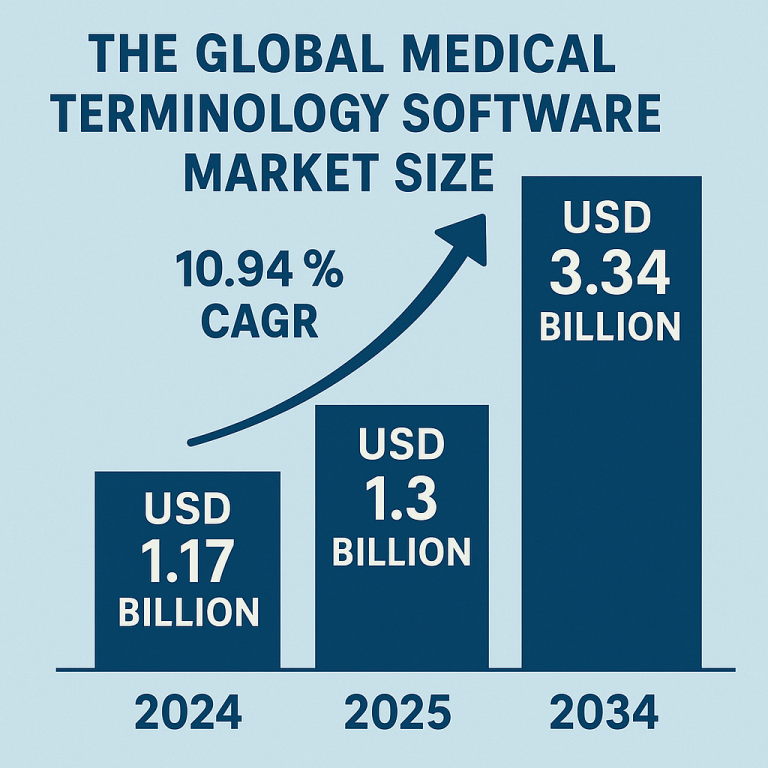Embark on a journey through the burgeoning realm of neurotechnology as we explore the compelling surge in the global brain implants market. Witness its remarkable ascent from a value of USD 5.85 billion in 2022 to a projected zenith of USD 14.24 billion by 2032, charting a course of exceptional growth at a compelling CAGR of 9.3% from 2023 to 2032.
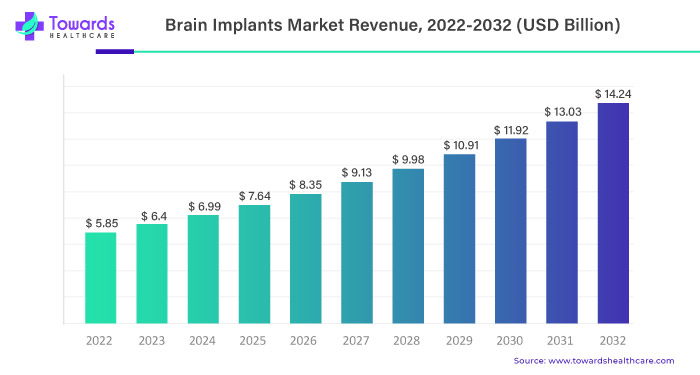
Join us as we unravel the forces propelling this growth, driven by the widespread embrace of cutting-edge technology and the escalating prevalence of neurological disorders.
A Pinnacle Achieved: The Present Landscape
In the year 2022, the global brain implants market reached an impressive milestone, surpassing the USD 5.85 billion mark. This achievement is a testament to the evolving landscape of neurotechnology. As we navigate towards the horizon of 2032, projections indicate an anticipated growth at a robust CAGR of 9.3%, signifying the increasing recognition and adoption of advanced brain implant technology.
The Role of Extensive R&D and Clinical Trials in the Brain Implants Market
Extensive research and development (R&D) and clinical trials play a crucial role in the brain implants market by driving innovation, ensuring safety and efficacy of devices, and expanding the applications of brain implant technologies. R&D efforts in the brain implants market focus on advancing the understanding of neurobiology, developing new materials and technologies, and improving the design and functionality of brain implant devices.
As reported in the study published in May 2023, Swiss researchers made a groundbreaking advancement in neurotechnology, as reported in the journal Nature. Their study unveils brain implants market that create a “digital bridge” between the intentions of paralyzed patients and their physical movements. By bypassing injured sections of the spinal cord, these implants enabled a paralyzed individual named Mr. Oskam, aged 40, to regain the ability to stand, walk, and navigate a steep ramp using only a walker. This remarkable achievement holds promise for restoring mobility and provides hope for those living with paralysis.
A groundbreaking clinical trial has started in the United States, representing a significant milestone in neurotechnology. The trial focuses on the use of Synchron’s Stentrode system, a brain implant that has the potential to restore communication abilities in individuals with severe paralysis. Through a minimally invasive procedure via the jugular vein, the implant is placed in the brain’s motor cortex, allowing the transmission of brain signals to a connected computer. This innovative technology holds the promise of enabling paralyzed individuals to perform tasks like sending texts, emails, and online shopping. The initiation of this clinical trial in July 2022 signifies an extraordinary step towards turning science fiction into reality, bringing life-changing advancements to those with severe paralysis.
In March 2021, a major breakthrough in medical nanotechnology has been achieved with a brain implant company successfully raising £12 million in funding. This significant investment is the result of a collaboration between two institutions in Barcelona and the Nanomedicine Lab at The University of Manchester. The primary focus of this partnership is to pioneer groundbreaking treatments for brain disorders, including epilepsy and Parkinson’s disease. This substantial funding marks one of the largest investments ever made in the European medical nanotechnology sector, underscoring the increasing significance and potential of nanotechnology in transforming healthcare and addressing neurological conditions.
Role of Rising Prevalence of Neurodegenerative Disorders
The rising prevalence of neurodegenerative disorders, including Alzheimer’s disease and Parkinson’s disease, is a significant factor driving the growth of the brain implant market. For instance, according to the WHO Global Status Report 2021, someone in the world develops dementia every 3 seconds. These disorders are characterized by the gradual deterioration of neuronal function, leading to cognitive and motor impairments in affected individuals. As the global population ages and the incidence of these diseases increases, there is a growing need for innovative solutions to address the symptoms and improve the quality of life for patients.
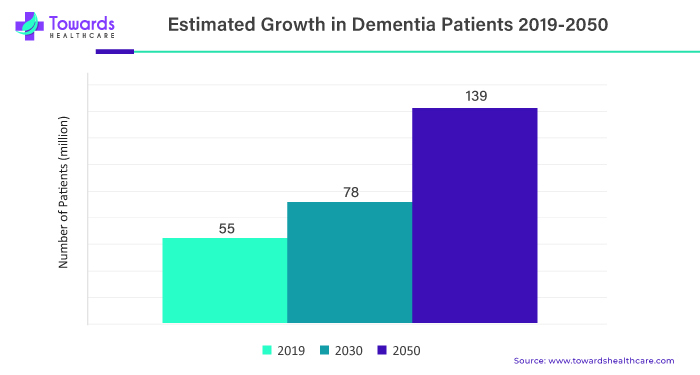
Brain implants market offer potential therapeutic benefits by directly interfacing with the brain and modulating neural activity, thereby providing opportunities for restoring or enhancing cognitive and motor functions. The increasing recognition of the impact of neurodegenerative disorders and the demand for effective interventions are driving the development and adoption of brain implants as a viable treatment option.
Brain implants offer potential therapeutic options for managing and treating neurodegenerative disorders. For example, deep brain stimulation (DBS) is a widely used technique that involves implanting electrodes in specific regions of the brain to deliver electrical impulses. DBS has shown promising results in reducing motor symptoms and improving quality of life in patients with Parkinson’s disease.
Additionally, brain implants can be used for cognitive enhancement and neurorehabilitation. For individuals with severe cognitive impairments, such as those resulting from stroke or traumatic brain injury, brain implants market can help restore lost cognitive functions by bypassing damaged neural pathways and facilitating communication between brain regions.
The Role of Increasing Demand for Advanced Treatment Options
The growing demand for advanced treatment options for psychiatric disorders is indeed a significant driver in the brain implant market. Psychiatric conditions like severe depression, obsessive-compulsive disorder (OCD), and post-traumatic stress disorder (PTSD) can have a profound impact on individual’s mental well-being and daily functioning. Unfortunately, some patients may not respond adequately to traditional therapies such as medications or psychotherapy.
Brain implants offer potential solutions for managing psychiatric disorders by modulating neural activity and restoring the balance of brain circuits. For example, deep brain stimulation (DBS) has shown promising results in treating treatment-resistant depression, providing relief to patients who have not responded to medication or psychotherapy. In addition, to cope with this growing demand market players are introducing advanced brain implant solutions for the benefit of patients suffering from neurological disorders. For instance, in May 2023, Neuralink, a brain implant company received US FDA approval to launch the very first-in-human clinical study, with significant outcomes following earlier difficulties in obtaining approval.
Furthermore, advancements in brain-computer interface (BCI) technology have opened up new possibilities for communication and control for individuals with severe disabilities. BCIs can enable individuals with locked-in syndrome or spinal cord injuries to interact with their environment using their thoughts. These implants can decode neural signals and translate them into commands for external devices, such as prosthetic limbs or computer interfaces.
Long-Term Management and High Costs Associated with Brain Implants
One of the major restraints in the brain implant market is the high cost associated with implantation procedures and long-term management. Brain implant surgeries are complex and require specialized equipment, skilled surgeons, and comprehensive post-operative care. These factors contribute to the overall high cost of the procedure, making it a significant barrier for many patients and healthcare systems.
The initial costs of implantation procedures, including pre-operative evaluations, surgical interventions, and hospital stays, can be substantial. Moreover, the long-term management and follow-up care for patients with brain implants add to the overall expenses. This includes regular check-ups, adjustments to stimulation parameters, and potential device replacements or upgrades.
Additionally, the reimbursement landscape for brain implant procedures and associated services can vary across different healthcare systems and regions. The availability of coverage and reimbursement options can impact patient access to these advanced treatments. Therefore, the high costs involved in brain implant procedures and the variability in reimbursement pose challenges to market growth.
Geographical Landscape of Brain Implants Market
In regional insights, North America dominates the brain implant market due to the presence of well-established healthcare infrastructure, significant investments in research and development, and a high prevalence of neurological disorders. The area is home to cutting-edge medical facilities, specialized clinics, and hospitals outfitted with modern technology. This makes it possible to diagnose, treat, and manage neurological disorders effectively, which increases the demand for brain implants.
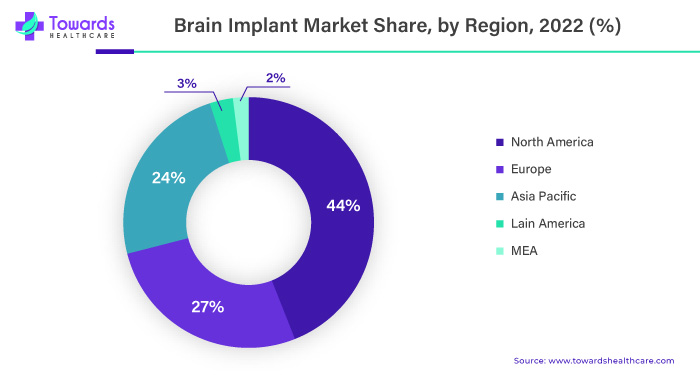 Additionally, research and development (R&D) in the medical sector, including neurology and neuroscience, is a major focus in North America. Significant investments are being made in the area’s modern technologies, innovative treatments, and brain implant clinical trials. The focus on R&D encourages developments in the field and encourages the use of advanced brain implant technologies. The United States is a major market in the region, accounting for a significant market share.
Additionally, research and development (R&D) in the medical sector, including neurology and neuroscience, is a major focus in North America. Significant investments are being made in the area’s modern technologies, innovative treatments, and brain implant clinical trials. The focus on R&D encourages developments in the field and encourages the use of advanced brain implant technologies. The United States is a major market in the region, accounting for a significant market share.
The Asia Pacific region is expected to exhibit the fastest growth rate in the upcoming years. The rising geriatric population, increasing healthcare expenditure, and growing awareness about advanced neurological treatments are driving the demand for brain implants market in this region. Countries like China and Japan are at the forefront of technological advancements and have a growing market share in the Asia-Pacific region.
The Development of Minimally Invasive Implantation Techniques and Wireless Communication Systems
The development of minimally invasive implantation techniques and wireless communication systems represents a significant opportunity in the brain implants market. Advancements in these areas can address some of the limitations and risks associated with traditional brain implant procedures. Minimally invasive techniques, such as using endoscopic or robotic-assisted approaches, have the potential to reduce surgical trauma, shorten recovery times, and improve patient outcomes. The development of smaller and more flexible implants, along with advancements in wireless communication and power delivery systems, can enhance the functionality and usability of brain implants market.
By reducing the invasiveness and improving the user experience, these advancements can expand the potential applications of brain implants and attract a broader patient population. Additionally, the integration of artificial intelligence and machine learning algorithms can further optimize the performance of brain implants market by enabling personalized therapies and real-time adaptive stimulation. Traditional brain implant procedures often involve invasive surgeries that require large incisions and can carry certain risks and complications. The development of minimally invasive techniques aims to reduce the invasiveness of these procedures.
This can be achieved through smaller incisions, the use of specialized tools and imaging technologies, and advanced surgical approaches. Minimally invasive techniques can potentially lead to faster recovery times, reduced risk of complications, and improved patient comfort.
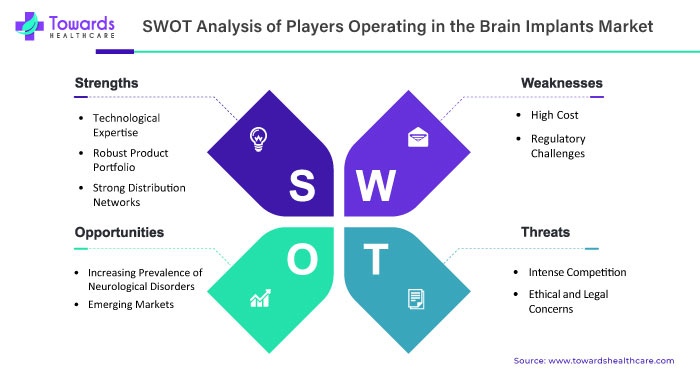
Catalysts of Evolution: Driving Forces Behind Growth
1. Advanced Technology Adoption
The relentless march of progress in technology is a cornerstone in the flourishing trajectory of brain implants market. As society increasingly embraces cutting-edge technological solutions, the allure of advanced brain implants as a viable intervention for neurological disorders gains momentum. This shift reflects a commitment to harnessing the power of innovation in addressing complex healthcare challenges.
2. Escalating Prevalence of Neurological Disorders
A pivotal factor steering the upward trajectory of the brain implants market is the escalating prevalence of neurological disorders. With an increasing number of individuals grappling with conditions like epilepsy and Parkinson’s disease, the demand for effective and innovative interventions becomes paramount. Brain implants market, with their potential to provide targeted and personalized solutions, emerge as a beacon of hope for those navigating the complexities of neurological disorders.
The Radiant Future: Projections for 2032
As we gaze into the future, the global brain implants market is poised for unprecedented growth, projected to reach around USD 14.24 billion by 2032. This anticipation underscores the pivotal role that neurotechnology will play in reshaping the landscape of healthcare interventions. The projection of a 9.3% CAGR from 2023 to 2032 signifies a sustained momentum towards embracing innovative solutions for neurological well-being.
Navigating Tomorrow: The Path Ahead
The trajectory of the global brain implants market invites us to envision a future where cutting-edge neurotechnology becomes an integral component of healthcare solutions. To navigate this path effectively, collaboration between technology developers, healthcare professionals, and regulatory bodies is crucial. Together, we can ensure that the promise of brain implants market is realized, offering renewed hope and improved quality of life for individuals grappling with neurological challenges.
In summation, the global brain implants market stands at the cusp of transformative growth, propelled by technological advancements and a growing understanding of neurological disorders. As we embark on this journey, the fusion of innovation and compassion opens doors to a future where brain implants redefine possibilities and pave the way for enhanced neurological well-being.

